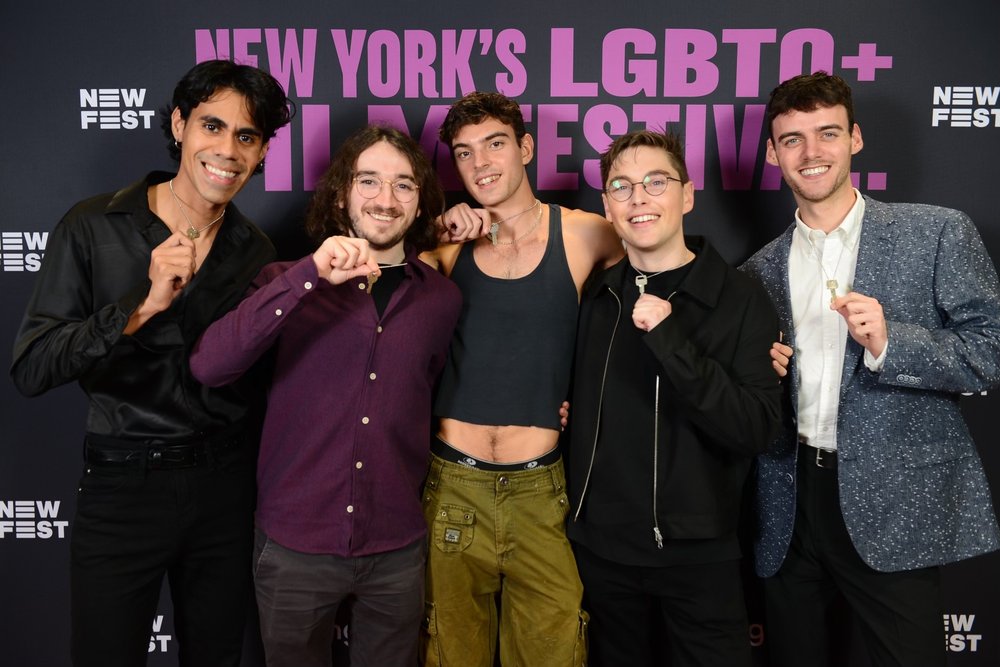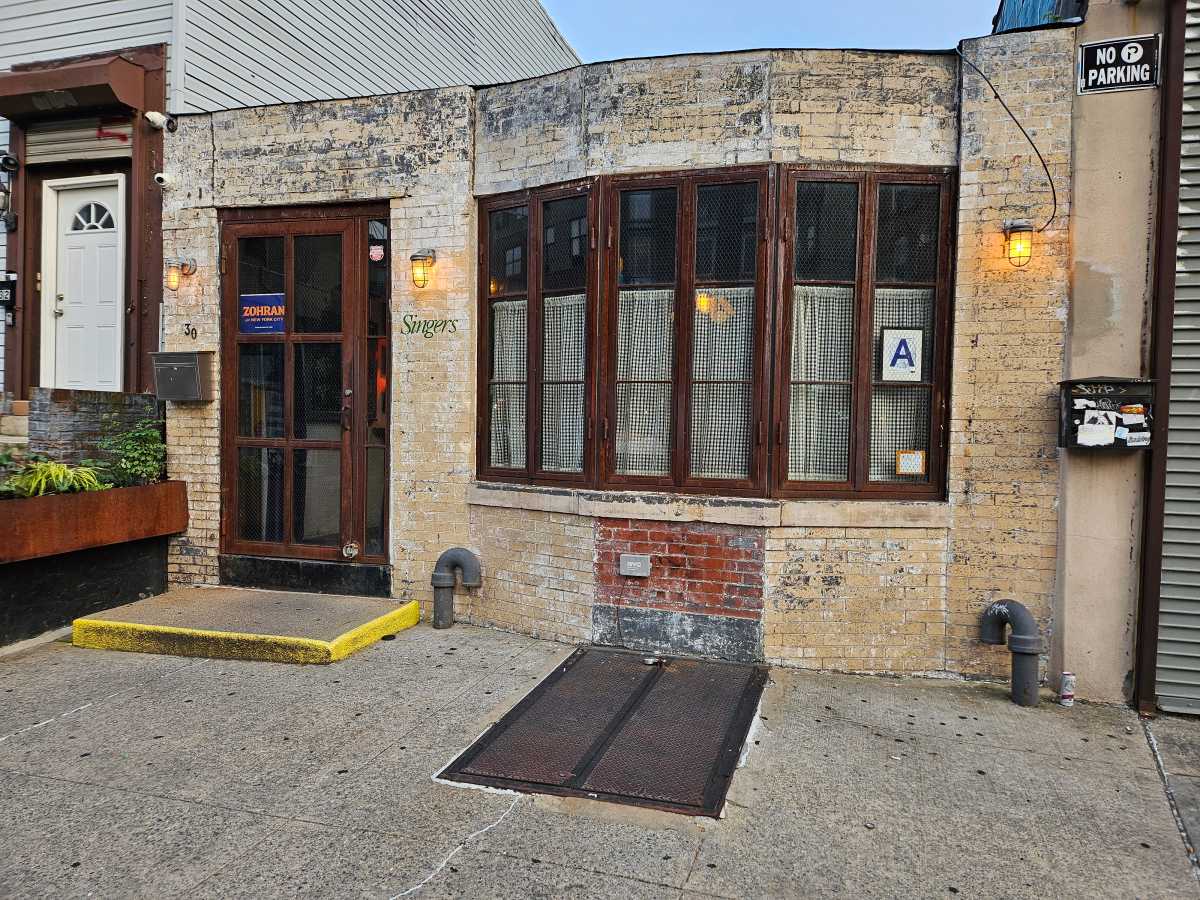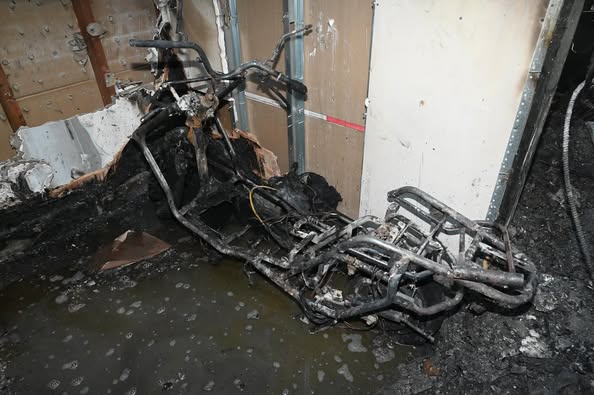By Eric Deutsch
Lower Manhattan is currently undergoing a remarkable resurgence, a transition from recovery to a major economic expansion that business experts and public officials could not even envision just a few short years ago.
Companies large and small have discovered the benefits of locating in Lower Manhattan, including excellent space with affordable rents, valuable financial incentives, unparalleled access to public transportation, inviting parks and open spaces, spectacular water views, a growing population of affluent and influential residents, and a bustling retail, restaurant and cultural scene.
In the third quarter of 2006, Lower Manhattan’s office market posted the heaviest leasing activity in eight years, with signed leases totaling 2.7 million square feet of space. This activity fueled a dramatic decline in Lower Manhattan’s office vacancy rate, which now stands at 9.1 %, the lowest point seen since the third quarter of 2001.
The finalization of the plans for the World Trade Center site, which calls for millions of square feet of Class A office and retail space, has been an important catalyst for the improving market conditions in Lower Manhattan. Once completed, the complex and related infrastructure projects will help position Downtown as perhaps the most modern, competitive and effective central business district in the world.
Despite all of the progress made over the past few years, Lower Manhattan still faces many challenges. There is much work to do to ensure the long-term success of Lower Manhattan, the nation’s fourth largest central business district.
One of the most crucial decisions that needs to be made in the coming months is whether to proceed with building a new direct rail link from Lower Manhattan to J.F.K. International Airport and the Long Island Rail Road, a project that will provide a one-seat ride to J.F.K. and easy access for commuters from Long Island.
Despite being the most accessible neighborhood in the city – with 14 subway lines, 33 bus routes, the PATH train to New Jersey and numerous ferries – Lower Manhattan lacks direct transit access to J.F.K. Airport and much of the metropolitan region.
Downtown must improve its commuter and airport access if it is to attract new firms, increase the global competitiveness of New York City and help boost New York’s long-term economic development and job creation efforts.
Surveys conducted by the Alliance for Downtown New York revealed that a direct rail link from Lower Manhattan to Long Island and J.F.K. International Airport is a top transit priority for many of Downtown’s major companies. Lower Manhattan business interests have pushed strongly for the rail link to create direct access to the suburban labor market, as workers living on Long Island must take the Long Island Rail Road into Midtown and then the subway Downtown. This is a primary reason that many businesses choose Midtown over Downtown in deciding where to locate or expand. And, with the Midtown market overheating yet again, it is critical to enhance accessibility to Lower Manhattan as a means of maximizing New York City’s growth potential.
The importance of the Lower Manhattan-Jamaica/J.F.K. Transportation Project cannot be overstated.
This rail link – championed by Mayor Bloomberg and Governor Pataki – will greatly enhance our regional transportation network, connecting people and places for the very first time in New York City history, and have a far-reaching impact on the region’s connectivity, growth and sustainability.
The rail link is one of the few major transportation proposals that will be a catalyst for new commercial development, connecting Lower Manhattan to Southeast Queens and providing the transportation linkages and infrastructure needed to create to create thousands of new jobs in New York.
In July 2006, the U.S. House of Representatives approved legislation to allow New York City to use $1.75 billion of the funds provided after 9/11 to assist Lower Manhattan’s recovery. It is anticipated that final approval of this funding will come by the end of the year.
The Lower Manhattan-Jamaica/J.F.K. Rail Link is vital to the future of Lower Manhattan; nothing less than keeping Lower Manhattan a premier business center is riding on it.
Eric Deutsch is the president of the Alliance for Downtown New York, which manages Lower Manhattan’s Business Improvement District.

































